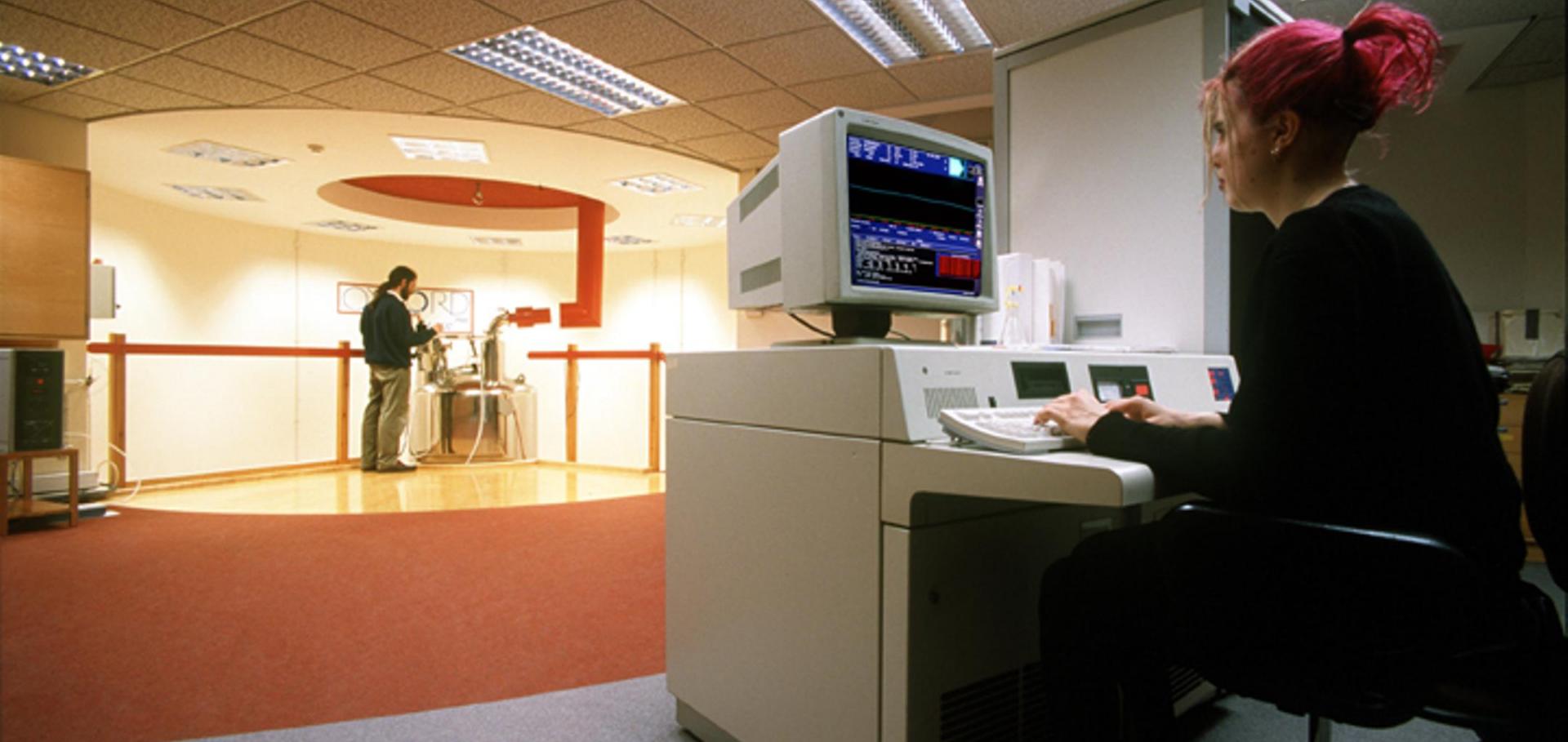Quantum logic gates and nuclear magnetic resonance pulse sequences.
J Magn Reson 135:2 (1998) 353-360
Abstract:
There has recently been considerable interest in the use of nuclear magnetic resonance (NMR) as a technology for the implementation of small quantum computers. These computers operate by the laws of quantum mechanics, rather than classical mechanics and can be used to implement new quantum algorithms. Here we describe how NMR in principle can be used to implement all the elements required to build quantum computers, and draw comparisons between the pulse sequences involved and those of more conventional NMR experiments.Quantum computing [4] (multiple letters)
Science 281:5385 (1998) 1963-1964
Approximate quantum counting on an NMR ensemble quantum computer
(1998)
Implementation of a Quantum Search Algorithm on a Nuclear Magnetic Resonance Quantum Computer
(1998)
Quantum Logic Gates and Nuclear Magnetic Resonance Pulse Sequences
(1998)


